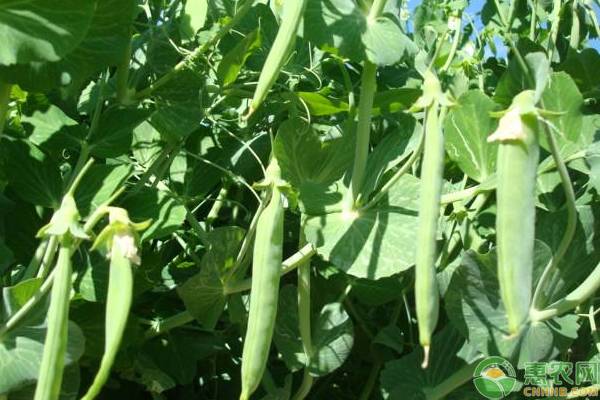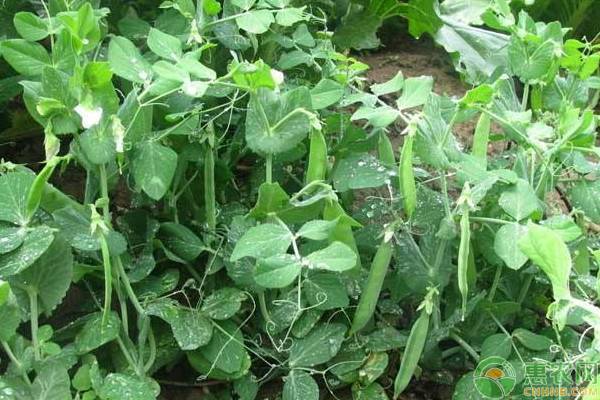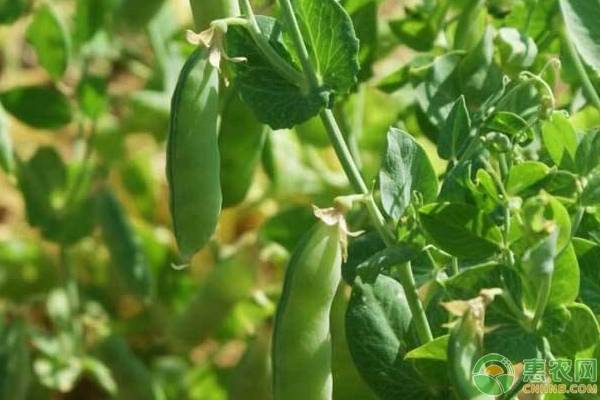Pea is a kind of bean vegetable that many people love to eat. It is cultivated in most parts of China. If you want to cultivate peas in all seasons, it is very important to choose cold-tolerant, heat-resistant, premature and stress-resistant varieties. Let's take a look at the best time to plant peas and planting points.

First, planting time
If it is planted in autumn, you should choose early-maturing varieties, usually in early September, and harvested before November. If it is planted in spring, the middle and lower reaches of the Yangtze River will be planted from late February to early March, and the harvest will be harvested before the high temperature comes. The northeastern region will be planted in summer and harvest in the summer, usually in the period of April to May. If necessary, it can be planted with small sheds, mulch, etc. . Wintering planting is generally carried out from late October to mid-November, and the open field is overwinter, harvested from April to May of the following year. Overwintering, premature or too late will affect the normal growth and development of peas.

Second, high-yield management skills
Sowing time
Generally, vegetable farmers can flexibly master the sowing date according to the mouth and season, and can also determine the appropriate sowing date according to the time requirements of the pods.
2. Reasonable close planting
Zhongwan No.4 and No.6 belong to dwarf varieties, and the plant height is 40--50cm, which should be properly densely planted. In spring, summer and autumn, the line spacing is 35cm, the hole distance is 10cm, 3 holes per hole, and 667 square meters are used for about 10kg. The winter row spacing is 40cm, the hole spacing is 15cm, 3 holes per hole, and the amount of 667 square meters is about 7kg.

3. Scientific fertilizer management
Choose the soil fertility is better, the irrigation and drainage is convenient, and the field with sufficient light is planted. 30--40kg of nitrogen, phosphorus and potassium three-element compound fertilizer per 667 square meters is used as base fertilizer, and a certain amount of organic fertilizer is applied. In the flower pod period, 667 square meters of urea is applied 10kg or 1000kg of human and animal fat to promote pod growth. In the later stage of growth, depending on the growth, a mixture of 0.5% urea solution and 0.2% potassium dihydrogen phosphate can also be used for root fertilization.
Watering should be done in a timely manner during drought, especially in the flowering and pod-forming period, the plants are particularly sensitive to moisture, and water should be replenished in time. In addition, summer peas should pay more attention to the timely supply of water, so as to meet the water demand of plant growth and development, but also effectively reduce the surface temperature and promote its normal growth.
4. Harvest at the right time
Due to the different growing seasons and cultivation methods, the number of days after flowering to green bean pods is very different. In summer, due to high temperature, the growth rate of pods is fast, and the flowering to harvesting is only 20d. In winter cultivation, flowering to harvesting is required. More than 30 days, therefore, we have to flexibly grasp the harvest date according to the use of the pods. The pods, which are mainly green beans, have been fully bulged, and the beans have reached 70% full, and the pods are harvested just before they start to change color.
The above is the planting time and planting skills of peas. If you want peas to be marketed in different seasons, it is very important to know the planting time reasonably.
For the wonderful pictures and popular comments on pea planting technology, you may be interested in the following recommended contents of Hui Nong. Welcome to read.
Xi'an Healthway Biotech Co.,Ltd , https://www.xianhealthway.com